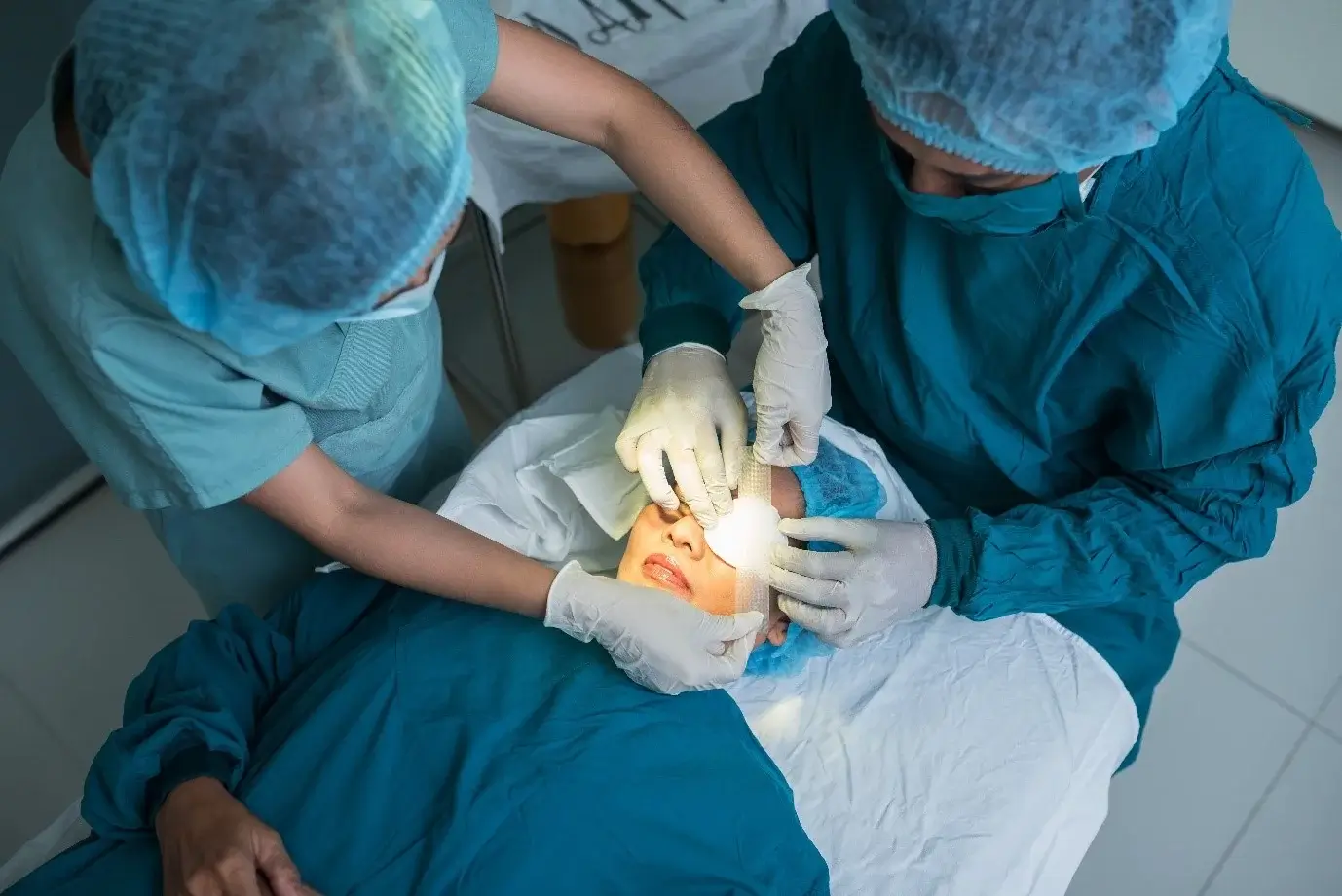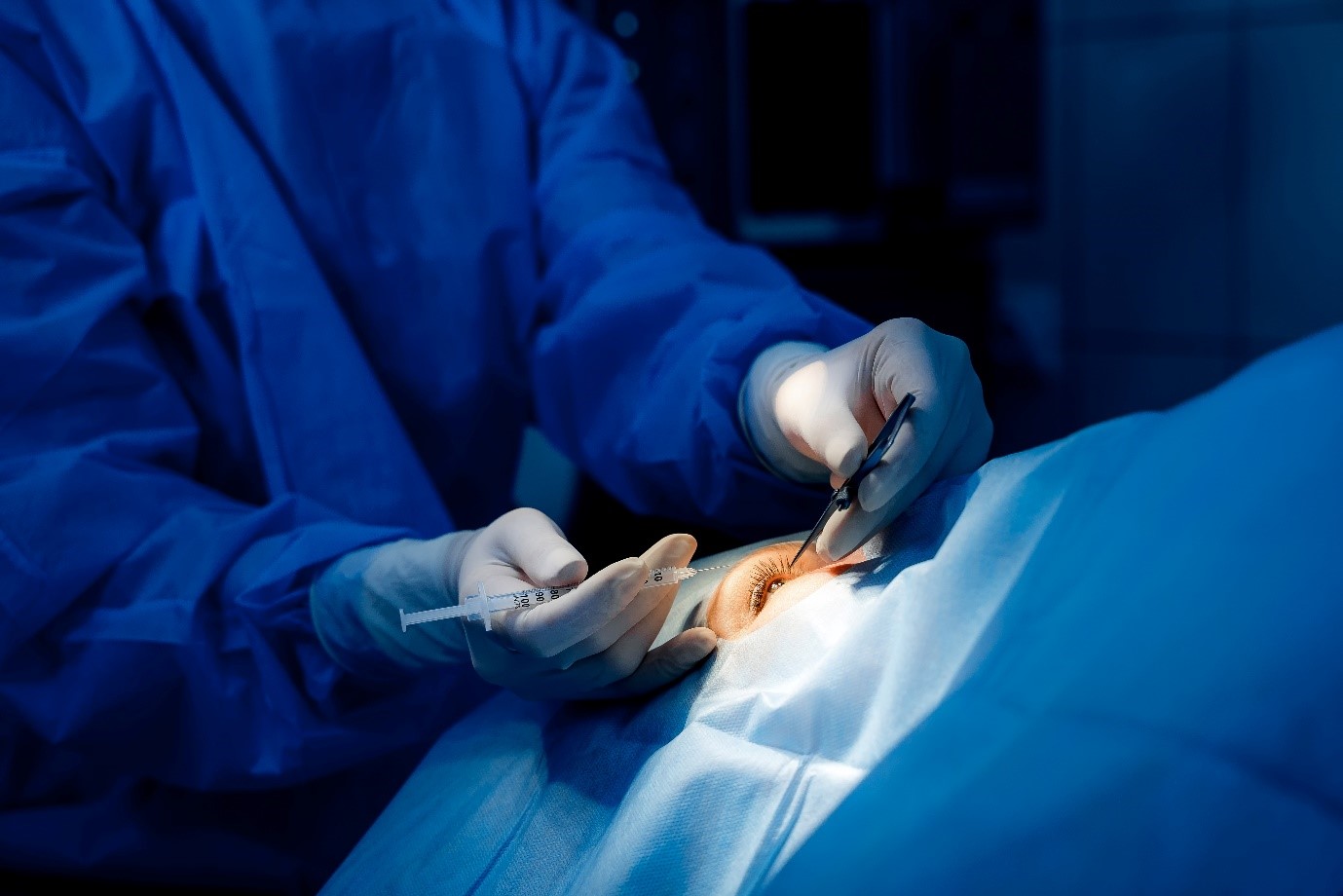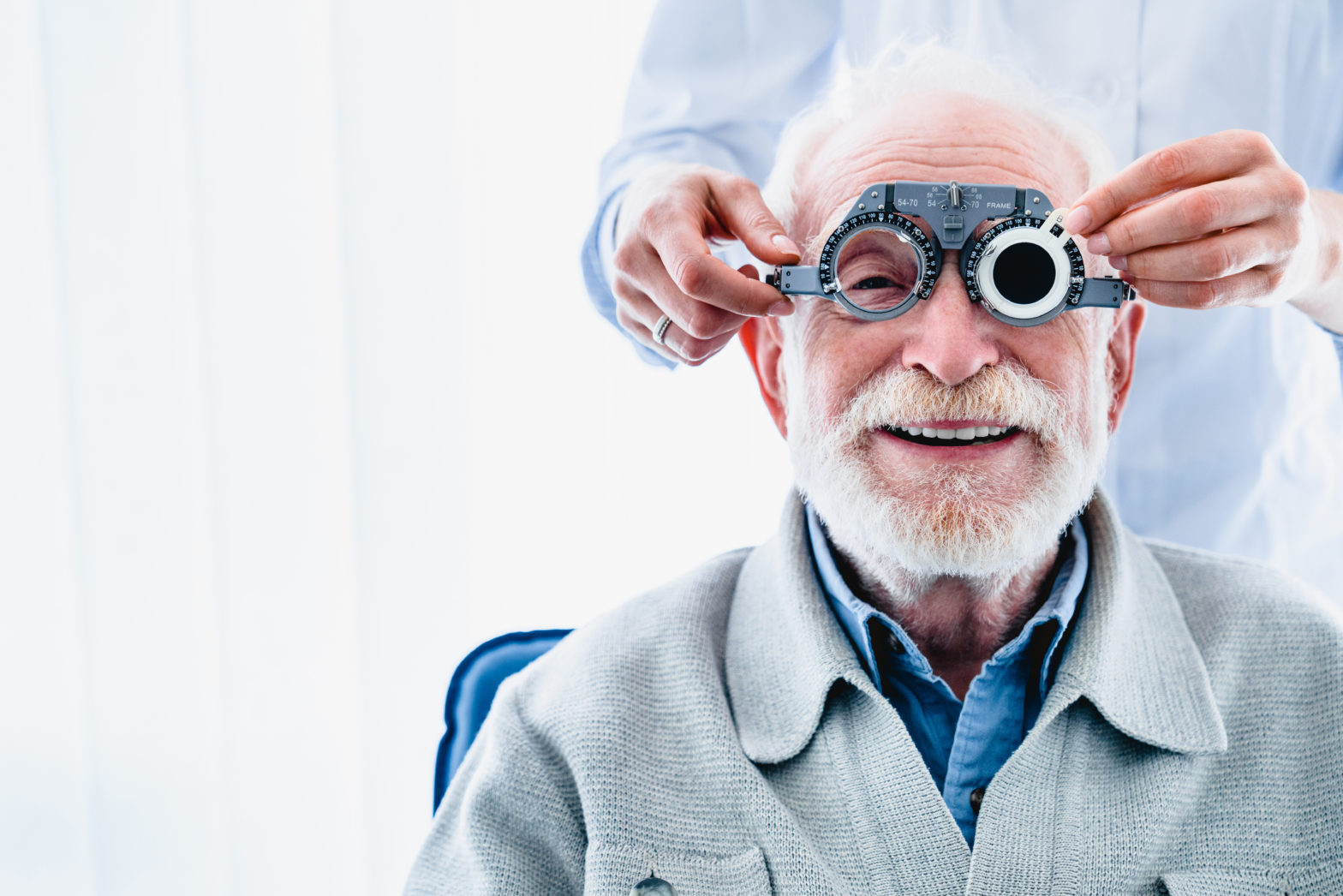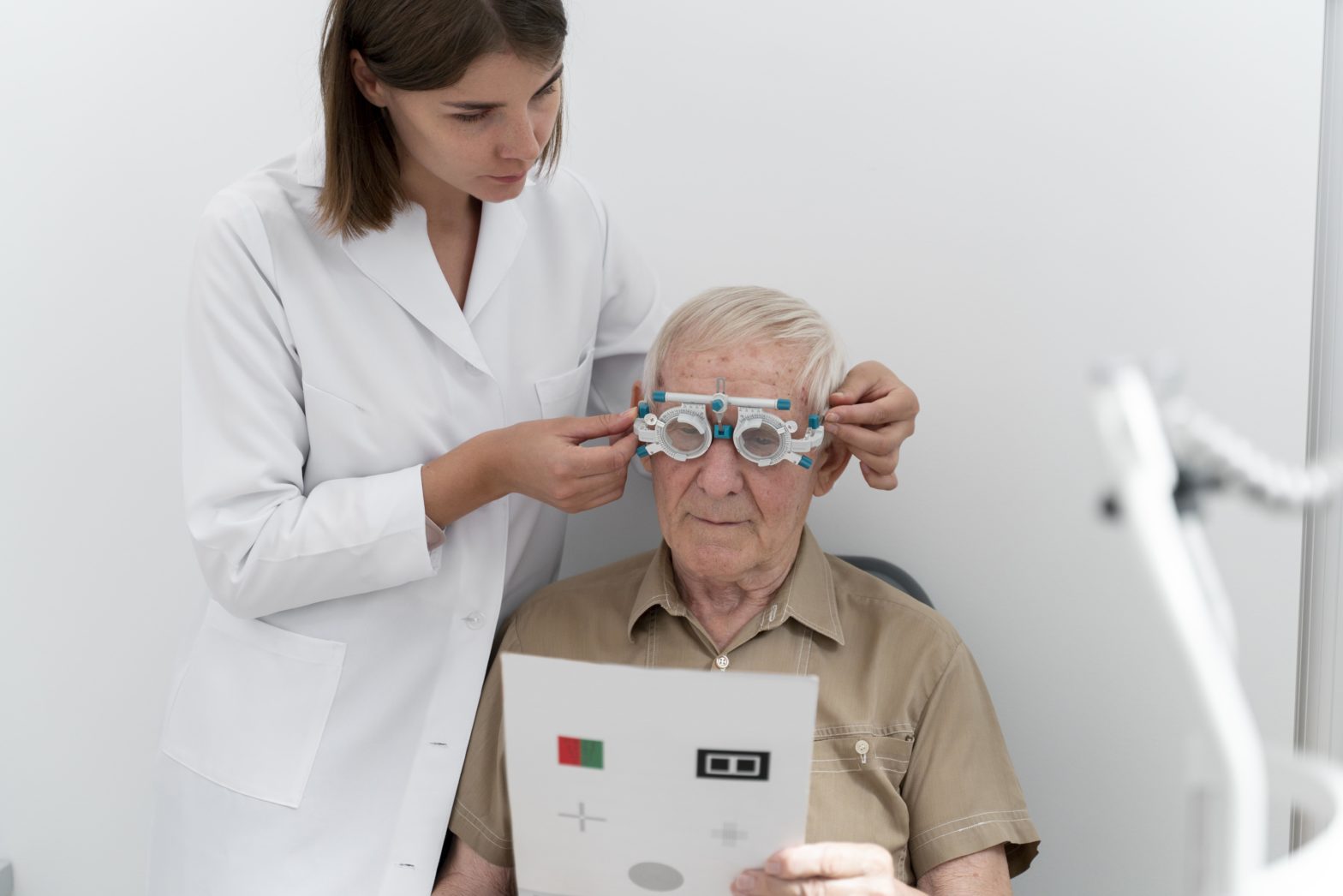Ravi has always been fond of cricket; over the years, he has diligently watched every match be it the world cup, T-20, IPL, or test series. A couple of weeks ago, when he returned from work, he made himself a rich cup of coffee, turned on the television, and started calculating the chances of India’s win. Even though he had a light day at work, his left eye was experiencing unusual pain with a sudden vision loss.
Since his childhood, Ravi had been enjoying good vision. In fact, only last year he was prescribed a pair of reading glasses as a precautionary measure by his ophthalmologist. Recently, he was also experiencing sudden eye floaters and flashes, but he kept brushing it aside until his wife forced him to book an eye appointment with us.

When we met Ravi, his symptoms seemed quite generic, i.e., it could lead to several eye conditions like diabetic retinopathy, bleeding vitreous, retinal detachment, and more. However, after close inspection, we noticed a slight bulge in his left eye which made us suspicious of a more severe disease like an autoimmune condition, eye cancer, an eye tumour, etc. For your comprehension, below, we have listed some of the many eye cancer symptoms:
Eye Cancer Symptoms:
-
A dark spot on the iris
-
Loss of peripheral vision
-
Experiencing floaters in the vision
-
Blurry or poor vision in one eye
In order to be sure, we ran some comprehensive diagnostic tests after what appeared to be eye cancer symptoms. Here are some of the many tests for eye cancer that doctors, and surgeons commonly carry out:
List of Eye cancer diagnoses and Tests:
-
Eye Exam
The doctor will closely examine the outside of the patient’s eye, trying to spot any enlarged blood vessel indicating a tumour inside the eye. In the next step, the doctor will use a variety of medical instruments to look inside the patient’s eye.
For instance, in a binocular indirect ophthalmoscopy method, the doctor uses bright light and lenses for a thorough eye examination. On the other hand, a method called slit-lamp biomicroscopy uses a microscope and lenses that produce a bright beam of light to effectively illuminate the interior of the person’s eye.
-
Eye Ultrasound
By using high-frequency sound waves from a hand-help apparatus called a transducer, doctors generate clear and detailed images of the patient’s eye. To carry out this test, the transducer is placed on the front surface of the patient’s eye or on their closed eyelid.
-
Gathering a Sample of Tissue for Testing
In some instances, the ophthalmologist may recommend a simple procedure to collect a sample of tissue from the patient’s eye. In order to remove this sample seamlessly, a thin needle is inserted into the eye to extract the sceptical tissue. In the next step, this tissue is extensively tested to determine if it carries eye cancer cells.
Further, the doctor might suggest some additional procedures and tests to determine the spread of the cancer cells to other body parts. These tests include:
-
Abdominal ultrasound
-
Blood tests for liver functioning
-
Computerized tomography scan
-
PET scan or positron emission tomography
-
MRI or magnetic resonance imaging scan
After running almost all the above tests, our expert panel was sure that Ravi had early stages of eye cancer. The next day, when we calmly broke the news to Ravi and his wife, we made them understand that since this case is not severe and is diagnosed at a primitive level, they have a variety of treatment options. Take a look at various options for eye cancer treatment depending on the size and location of the eye cancer:
-
Radiation Therapy
By using high-power energy like gamma rays and protons, radiation therapy kills the cancer cells. This can also be used to treat eye cancer; however, it is imperative to keep in mind that it is conventionally used to treat medium to a small-sized tumours.
In most cases, the radiation is delivered to the tumour by efficiently placing a radioactive plaque on the patient’s eye in a medical procedure called brachytherapy. This plaque is held in its position with the help of temporary stitches. To receive an impactful result, it is best to keep it for four to five days and then remove it.
-
Photodynamic Therapy
This is another eye cancer treatment that combines a special wavelength of light with medications. In this case, the medicines make cancer cells more vulnerable to light and accelerate the process of damaging the cells and vessels that lead to eye cancer. This type of eye cancer treatment is used in small tumours, as it is ineffective for larger tumours.
-
Surgery
Eye cancer operations include two processes—in the first one, a part of the eye is removed, and in the next one, the entire eye has to be removed (enucleation). According to the size and location of your eye cancer, the doctor will suggest which treatment procedure the patient has to undergo.
As mentioned above, Ravi’s condition had high prospects of being treated. Therefore, we suggested he should go for radiation therapy for eye cataract treatment. After a period of a couple of months, with consistent check-ups, proper medications, and effective radiation therapy, Ravi was declared cancer-free.
Receive Exceptional Eye care at Dr Agarwal’s Eye Hospital
At Dr Agarwals Eye Hospital, we combine experience with exceptional knowledge with advanced ophthalmic technology and instruments. Our professional expert’s complete eye care across several specialities like cataract, squint, glaucoma, refractive error correction, and more.
From regular eye tests to critical surgical interventions, we provide best-in-class treatments like PDEK, oculoplasty, paediatric, ophthalmology, cryopexy, neuro-ophthalmology, and more. Explore our website today to learn more about our medical services and facilities.










